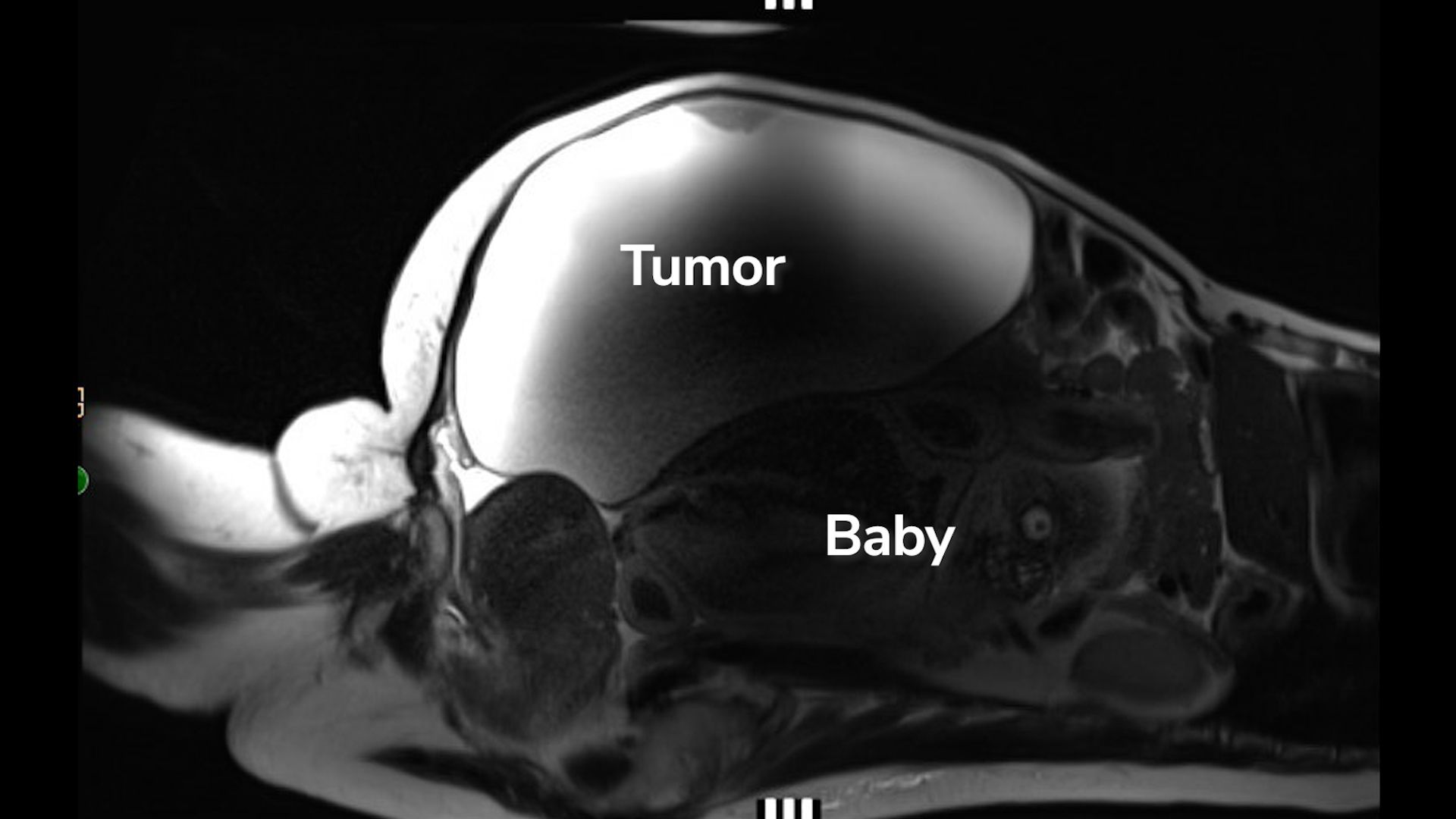In Photos: Looting Across Egypt
Looting and Kids
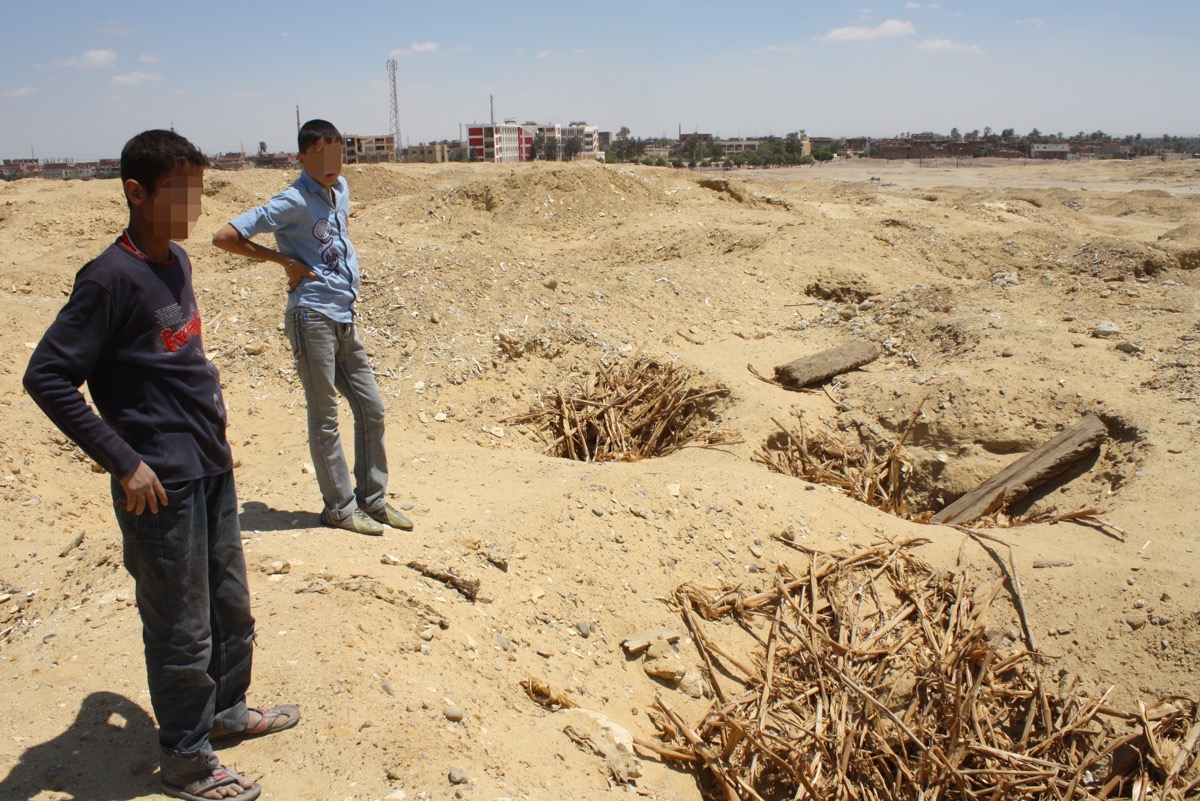
Two kids take a break at a heavily looted ancient cemetery at Abusir el-Malek, located south of Cairo. Several pits can be seen around them and the bones of ancient skeletons can be seen scattered in the background.
Researchers in Egypt have found that children are being used at this site to help loot it. They're able to squeeze into tunnels, ancient burial shafts and looters' pits. Many children have died doing this dangerous work, Egyptologists say. The faces of the children have been blocked out by Live Science.
[Read full story on the Egypt looting]
Deep shafts
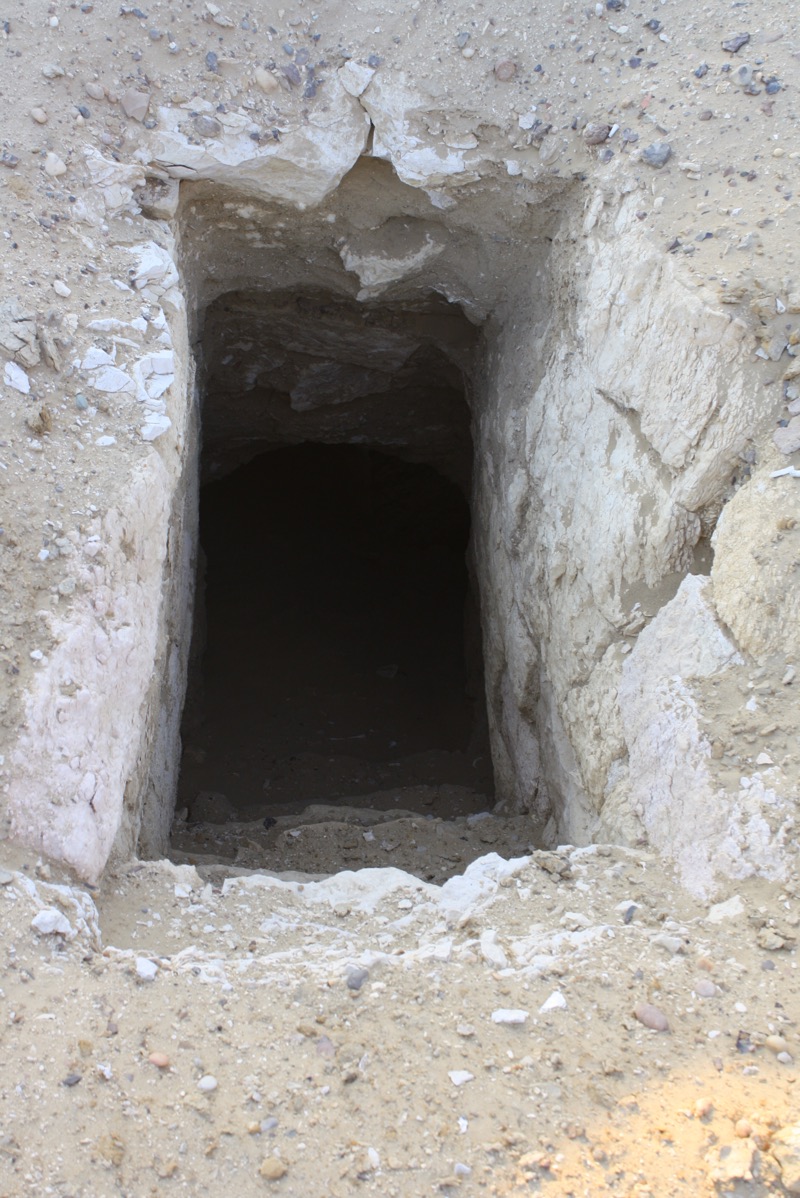
A look at one of the deep shafts at Abusir el-Malek. These shafts are vulnerable to cave-ins, and entering them is dangerous.
[Read full story on the Egypt looting]
Exposed

A partially exposed ancient skeleton can be seen at another shaft a Abusir el-Malek in Egypt.
Prized find

A child working in a pit holds up a prized find, a wooden board, likely from an ancient coffin, which contains a well preserved painting. Researchers have found that most of the money from the sale of artifacts like this goes to antiquities dealers and middlemen.
Get the world’s most fascinating discoveries delivered straight to your inbox.
Dangerous work
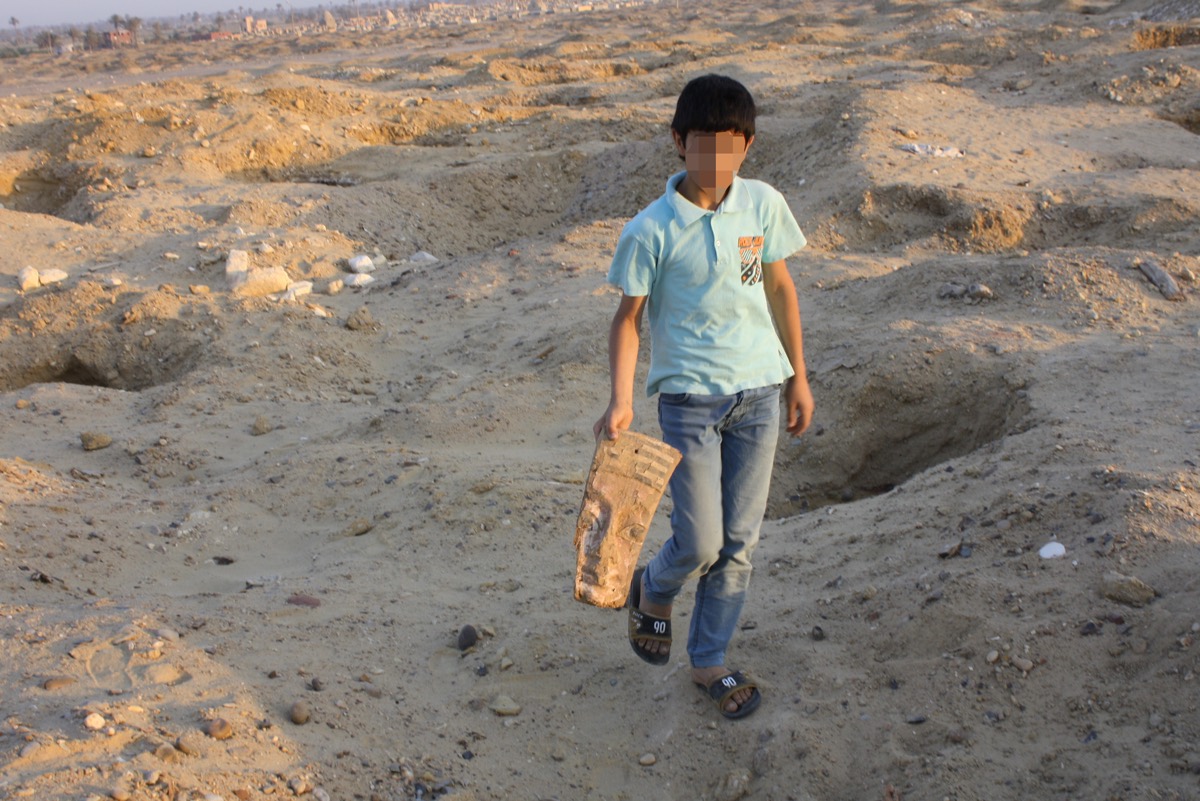
A tired child, carrying an artifact he has found, walks between the pits. The work the kids do for the looters at Abusir el-Malek is dangerous and has cost some kids their lives, Egyptologists say.
[Read full story on the Egypt looting]
Lots of bones

The landscape at Abusir el-Malek, south of Cairo, is littered with ancient human bones from looted burials. This cemetery contained thousands of ancient burials.
Rotting mummy

The mummy's body was left rotting in the sun after its tomb was robbed at a site located in Egypt's Bahariya Oasis.
[Read full story on the Egypt looting]
Mummy head
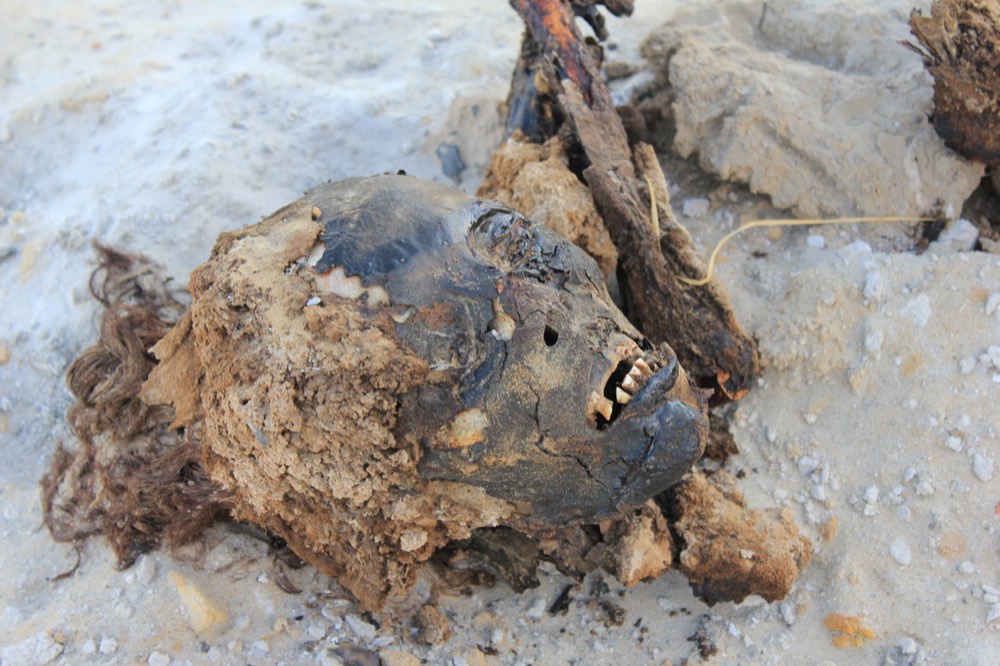
A close-up of a mummy's head at the Bahariya Oasis. The body of the mummy itself carries little value to looters and the middlemen and antiquities dealers they work with. Researchers emphasize that the middlemen and dealers make most of the money from the sale of antiquities.
Rotting arm
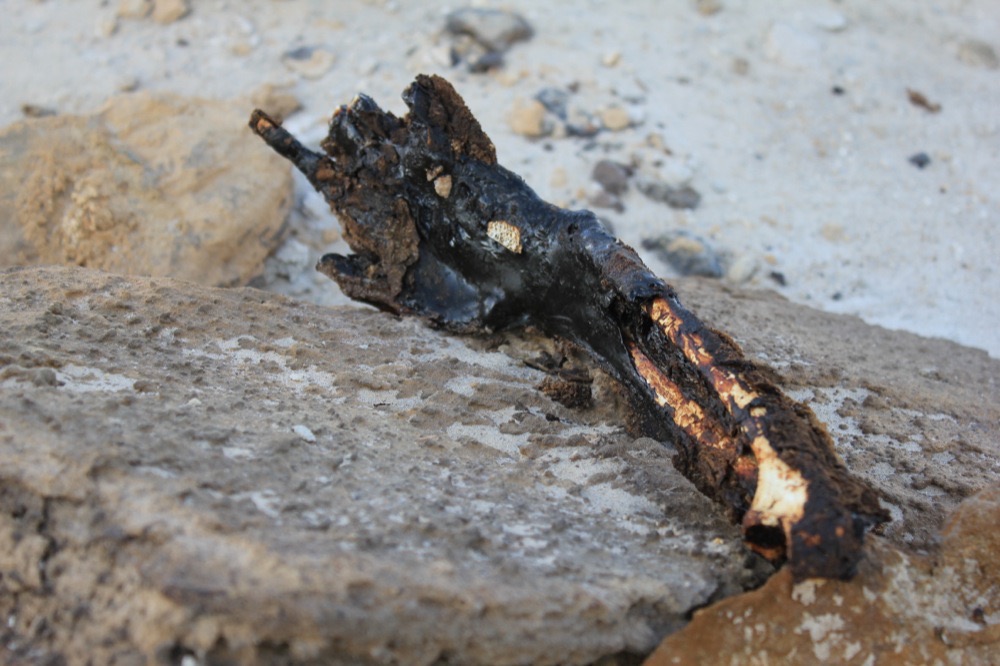
A mummy's arm left in the sun by robbers at the Bahariya Oasis. One of its fingers is still intact.
[Read full story on the Egypt looting]
Illegal landfill

An archaeological site called Abu Sir (shown here) was looted and then parts of it were turned into an illegal landfill. In the distance two ancient pyramids can be seen.
Looted museum

This photo is from the Mallawi museum, located at the town of Mallawi in southern Egypt. Thieves went into the museum and took many of its artifacts.

Owen Jarus is a regular contributor to Live Science who writes about archaeology and humans' past. He has also written for The Independent (UK), The Canadian Press (CP) and The Associated Press (AP), among others. Owen has a bachelor of arts degree from the University of Toronto and a journalism degree from Ryerson University.


